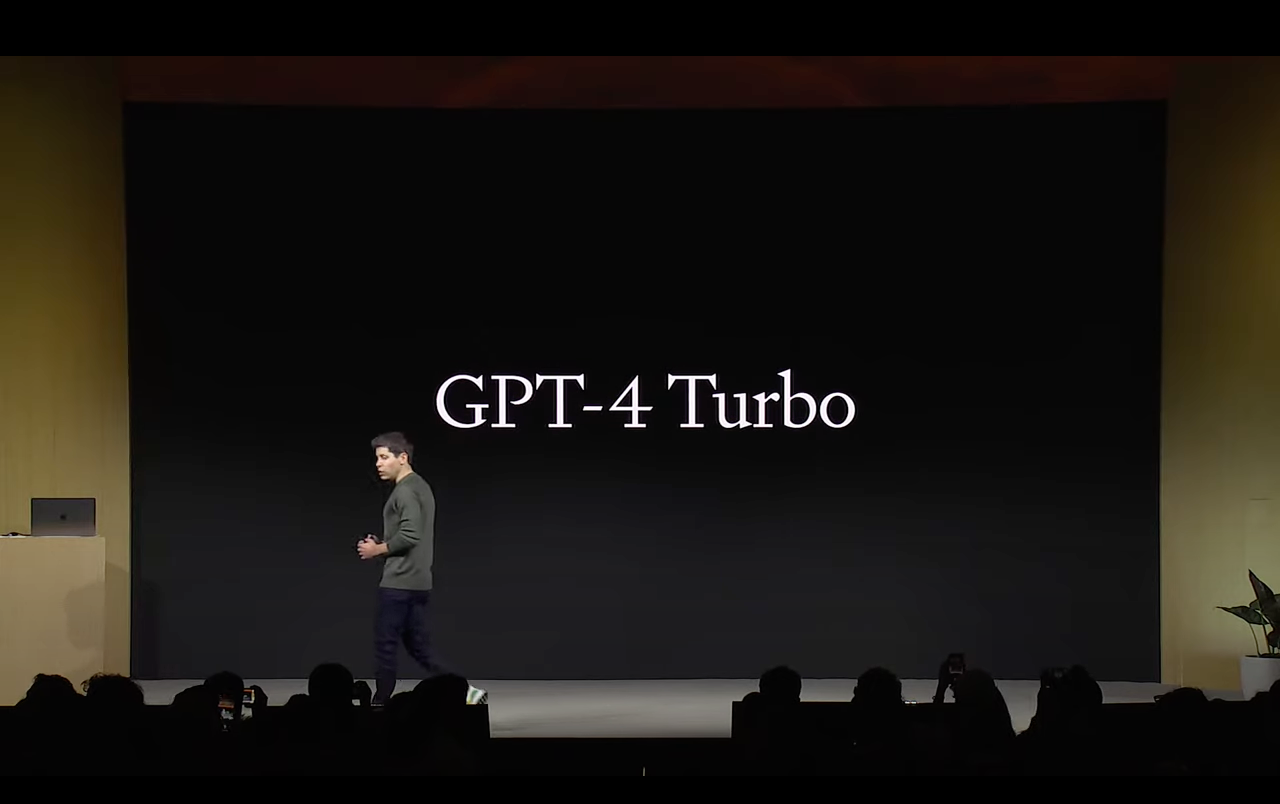Introduction to GPT-4 Turbo
The world of artificial intelligence has taken a significant leap forward with the introduction of OpenAI's latest model, GPT-4 Turbo. This advanced language model, unveiled in a comprehensive yet easy-to-understand presentation, marks a new era in AI capabilities. Let's dive into the features that make GPT-4 Turbo a revolutionary tool in the realm of AI development and prompt engineering.
Enhanced Contextual Understanding
One of the standout features of GPT-4 Turbo is its ability to process up to 128,000 tokens, equating to approximately 300 pages of text. This immense capacity allows for a deeper understanding of context, enabling more accurate and relevant responses.
Improved Control and Functionality
Developers now have more control over the AI's responses, with the ability to receive outputs in JSON format, a universal data exchange text format. This feature facilitates the integration of multiple functions simultaneously, greatly enhancing the versatility of GPT-4 Turbo in various programming languages.
GPT-4 Turbo introduces improved function calling, allowing the model to intelligently output a JSON object containing arguments to call functions of an app or external APIs. Additionally, the new JSON mode ensures syntactically correct JSON responses, beneficial for developers working with Chat Completions API outside of function calling
A notable feature of GPT-4 Turbo is the introduction of the seed parameter for reproducible outputs, providing more control over model behavior and facilitating debugging and comprehensive unit testing. Moreover, the upcoming feature to return log probabilities for the most likely output tokens will be crucial for developing features like autocomplete in search experiences.
World Knowledge Enhancement
GPT-4 Turbo boasts updated databases up to April 2023, a significant upgrade from its predecessor, GPT-4, which relied on data up to September 2021. Additionally, users can further enhance the AI's knowledge base by uploading their documents or connecting to databases, offering a tailored AI experience.
Novel Input Methods and Speech Mechanisms
A groundbreaking development in GPT-4 Turbo is its ability to process image inputs through an API. This feature opens up possibilities for applications like 'Be My Eyes' for visually impaired users, where photos can be uploaded for AI processing. The text-to-speech mechanism has also been enhanced, offering six natural-sounding voices and aiding in language learning and voice assistance.
GPT-4 Turbo introduces new multimodal capabilities, including vision, image creation (DALL·E 3), and text-to-speech (TTS), enhancing its application in various fiel. Furthermore, the new Assistants API makes it easier for developers to build their own AI apps with specific goals and the ability to call models and tools.
Customization and Performance
The introduction of Custom Models allows companies and developers to fine-tune the neural network for specific niches, offering unprecedented customization. Additionally, GPT-4 Turbo has doubled the number of tokens used per minute, with adjustable account settings for optimal performance.
Copyright Protection and Cost-Effectiveness
OpenAI's commitment to protecting client copyrights is evident in the launch of the Copyright Shield mechanism. Furthermore, GPT-4 Turbo is being offered at a significantly lower price, making advanced AI technology more accessible to developers.
GPT-4 Turbo and AI Development
The presentation highlighted the integration of GPT-4 Turbo's features into other platforms, such as AI Copilot 2, and the removal of cumbersome model selection tools for a more streamlined user experience. The introduction of GPTs, a tool for creating customized ChatGPT versions, demonstrates OpenAI's focus on practical, everyday applications.
Implications for Various Sectors
- Education and Research: Facilitates in-depth analysis of lengthy academic texts, supporting researchers and educators in synthesizing information from extensive sources.
- Legal and Compliance: Assists in reviewing lengthy legal documents, ensuring compliance and aiding in complex case analyses.
- Creative Industries: The integration of DALL·E 3 with GPT-4 Turbo could revolutionize the way artists and designers conceptualize and create artwork.
- Assistive Technology: Enhanced TTS features and vision capabilities can significantly improve tools for individuals with visual or auditory impairments.
Conclusion and Future Prospects
OpenAI's iterative approach to GPT development ensures a safe and gradual advancement in AI technology. GPT-4 Turbo, with its enhanced features and user-friendly interface, paves the way for an exciting future in AI. The anticipation for what comes next is palpable as OpenAI continues to push the boundaries of what's possible.


